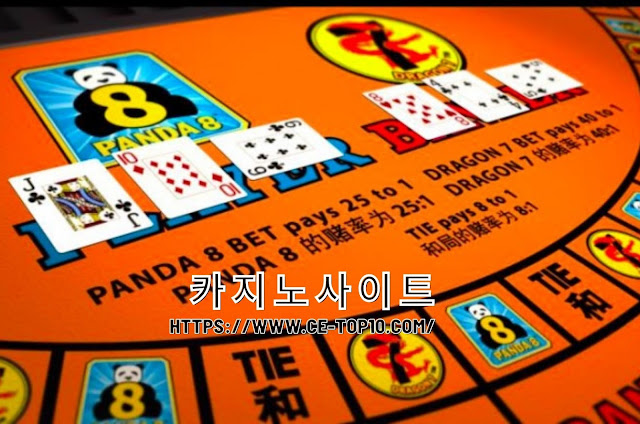Rearranging CARDS IN POKER
Rearranging CARDS IN POKER
Manual for realize when to rearrange cards in poker, and how to do it appropriately to randomize the deck of cards impeccably. Pay attention!
In poker (and its variations), rearranging cards is all vital to randomize the cards. Implying that no benefit can be acquired by focusing on the cards that were played in the past hands.
There are a larger number of mixes of a deck of cards than there are iotas on The planet.
TIMES WHEN THE DECK IS Rearranged
Similarly, poker rules apply at BBS, there are four circumstances in which the deck of cards is rearranged:
- toward the beginning of each hand,
- in the event of a misdeal,
- in the event that the lemon, turn, or stream, is managed too soon, and
- at the point when a stud poker vendor runs out of cards.
The most well-known circumstance where cards are rearranged is the start of each hand. This randomizes the card request which implies that no benefit is acquired assuming you were watching which cards were displayed toward the finish of the hand and where they were placed in the deck. This is the explanation that including cards don't work in poker as the request is changed each hand.
The deck is likewise reshuffled in the event that a mistake when the cards are is being managed (frequently called a 'misdeal'). In the event that a card goes off the table or the request for the arrangement is screwed up then the cards are undeniably reclaimed in by the seller who goes through the mix cycle from the outset prior to managing the hand as though it's new.
Nonetheless, there are several other, undeniably more uncommon circumstances where the deck is rearranged.
One is if the lemon, turn, or stream is managed too soon. For instance, assuming the seller believes that the last player to act has finished their activity on the failure and they bargain the turn without the in-place player making their activity. In this situation, the transform is returned to the deck and the deck is rearranged so the in-place player doesn't get to make their activity understanding what the turn card is.
There is what is going on, most usually found in the stud games, where the vendor runs out of cards to provide for the players left in the hand. This can occur in full-ring games where various 온라인카지노 players seeing the later roads as 7 Card Stud requires a great deal of cards! At the point when this occurs, the seller will take the recently messed or consumed cards and mix them to go about as the new deck. When these cards have been rearranged the seller will keep on managing from the last known point of interest.
Managing AND Rearranging IN POKER
For the individuals who haven't played a live game or are considering what the legitimate managing strategy is for their home games, we'll go through a bit by bit on the most proficient method to bargain Texas Hold'em poker.
Decide the Turn Request
The principal thing we really want to do is figure out who is going first. At the point when the game beginnings cards are attracted to see who will begin with the button, the most elevated card 온라인슬롯사이트 winning and in case of a not entirely settled by suits (spades being most noteworthy, then, at that point, hearts, then jewels, then clubs). The two players to one side of the button post the little and enormous visually impaired.
Check assuming All Cards are Available
Toward the beginning of every seller's work day at the table, they will bring another deck of cards and fan them face up so that every one of the players could see. They ought to then count through the cards, ensuring there are precisely 52 in the deck. A few vendors will count down the deck toward the finish of each hand yet it is normal practice for this to just be finished toward the beginning of every seller's visit to the table.
Rearranging
When every one of the cards have been represented, the vendor will then, at that point, begin the mix. Rearranging the cards is a multi-stage process. The seller, most importantly, will 'wash' the cards which means spreading them across the table and combining them generally as one. This is by and large seen as a novice method for rearranging the cards however is standard practice in gambling clubs!
Riffling and Stripping
The following stage is riffling and stripping. The seller will divide the cards into two heaps and riffle them together, putting one card from each heap on top of the other in progression and uniting them. After a couple of riffles the seller will strip the deck, taking gatherings of 5-10 cards from the highest point of the deck and placing them in switch request on another heap. In the wake of stripping the deck the seller will then begin another riffle mix. The seller will go through the riffle and depriving of the deck 2 or multiple times until the deck is completely rearranged.
Cutting
At last, the seller will cut the deck, taking the top portion of the deck and moving it to the base. They will as a rule place the 'cutting card' (a defender at the lower part of the deck so individuals can't see the base card) before the deck and move the primary half onto that card prior to returning the leftover heap on top.
Presently the deck is prepared to bargain.
Circulating the Cards
Managing begins with the little visually impaired, every player getting each card in turn moving clockwise around the table until everybody has two cards, wrapping up with the button. After each hand, the button is moved one seat clockwise and the following hand starts.
It's significant while you're playing a live game that the deck is rearranged, so ensure you remember while playing in your home-games! Keep it fair, keep it irregular, continue to rearrange.
If you want more Blogs, CLICK HERE





Comments
Post a Comment